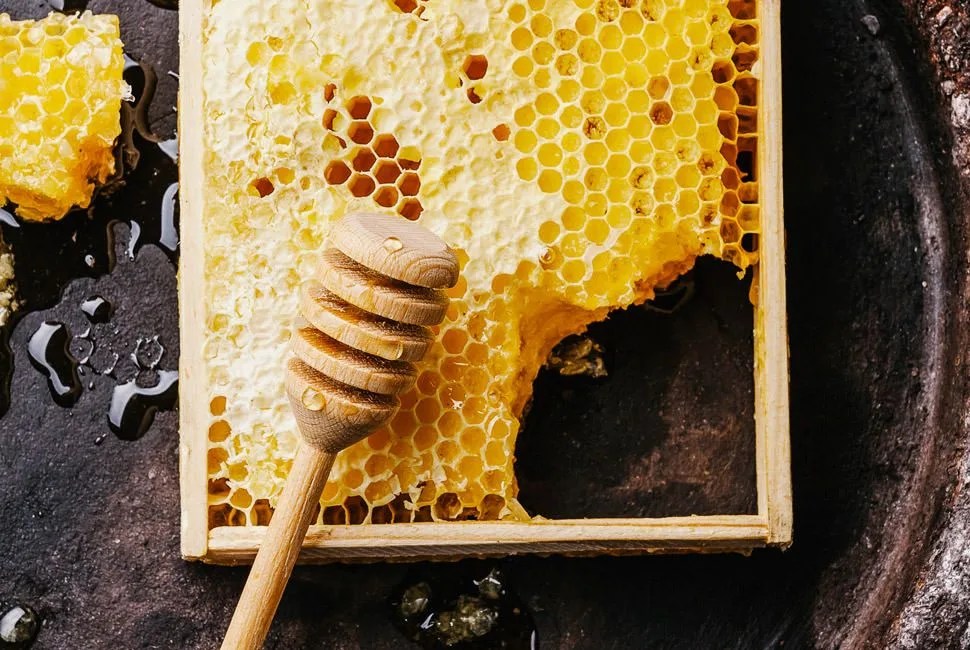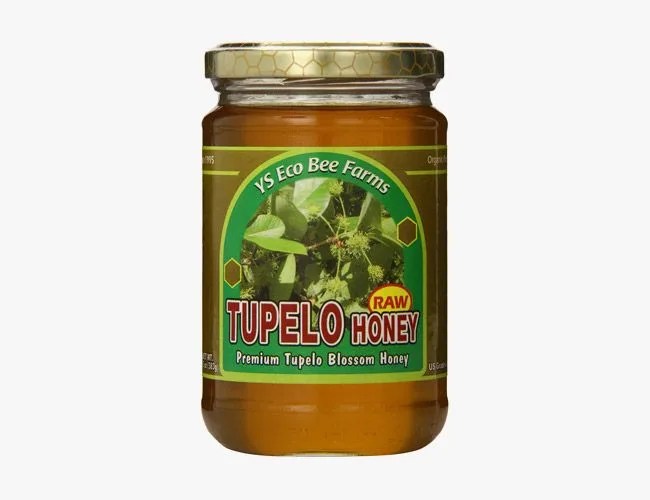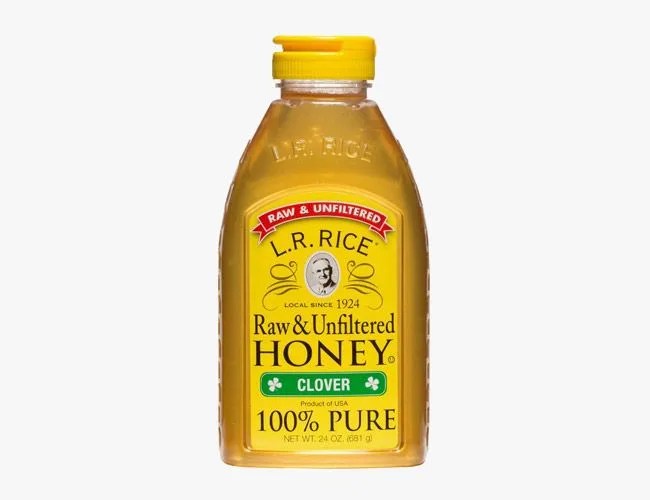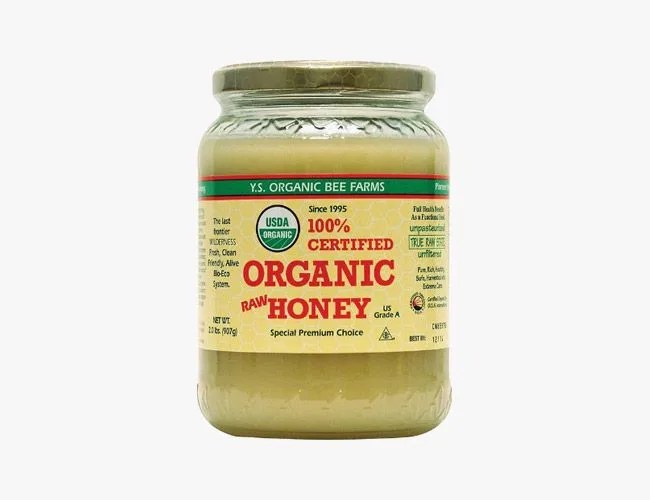Run-of-the-mill honey is fine most of the time, but just like beer, wine, beef and everything else we love to consume, the sweet stuff comes in deluxe versions that tower over standard fare. Processed honey tends to be pasteurized at high heat, which kills the probiotic benefits and neutralizes the natural enzymes found in the raw counterpart. What’s worse, producers throw in glucose, dextrose, molasses, corn syrup, sugar syrup, invert sugar, flour and starch to the mix, despite the fact that the label often reads “100 percent pure honey”.
More Fine Flavors: Best Bourbons | Best Restaurants in America | Best Extra Virgin Olive Oils
True honey is raw and unprocessed and therefore healthful. Quality jars are readily available, if you know which producers to seek out.
Multifloral vs. Monofloral Honey
We tend to think of honey as just sweet stuff from the hive. But there’s so much more to it than that. Bees can forage from a variety of trees and flowers at a given time of the season (multifloral) or they can forage from a single type of flora (monofloral/varietal). Multifloral is your typical supermarket honey. Monofloral honey, on the other hand, stems from two particular conditions: 1. limiting the bees’ choices for nectar and 2. timing the release of the bees for the appropriate blooming. It’s like a single-varietal wine. If a particular blossom during a season is their focus, beekeepers will remove prior extractions, then limit the bees’ exposure. This meticulous attention to detail justifies the higher prices of monofloral honeys.
Nature Nate’s 100% Pure, Raw & Unfiltered Honey
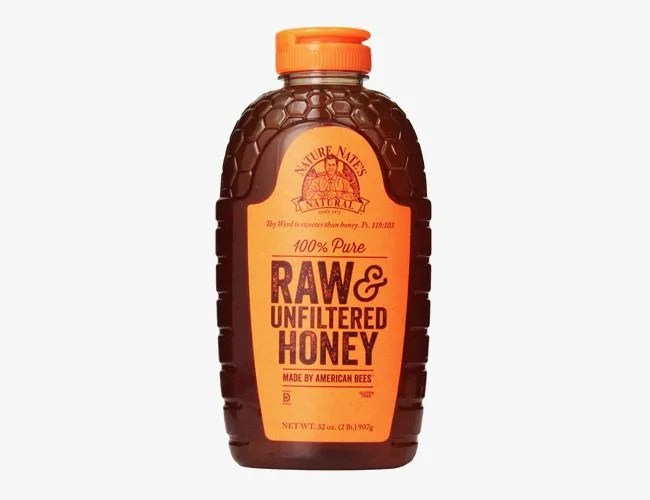
The Texans from Nature Nate’s have been in the honey business for over 40 years, and their goal is to deliver raw, unprocessed honey straight from the hive. Their honey is heated at low temperatures to remove the beeswax, but it retains the pollen, enzymes and nutrients that give raw honey its good name. The color is a dark amber, and the texture is velvety. It starts out very mild on the palate, progresses to a rich but not overpowering floral sweetness and then finishing long and smooth. Throw it on top of steel cut oats, put it in a protein shake and, of course, ate it raw and unadulterated.
